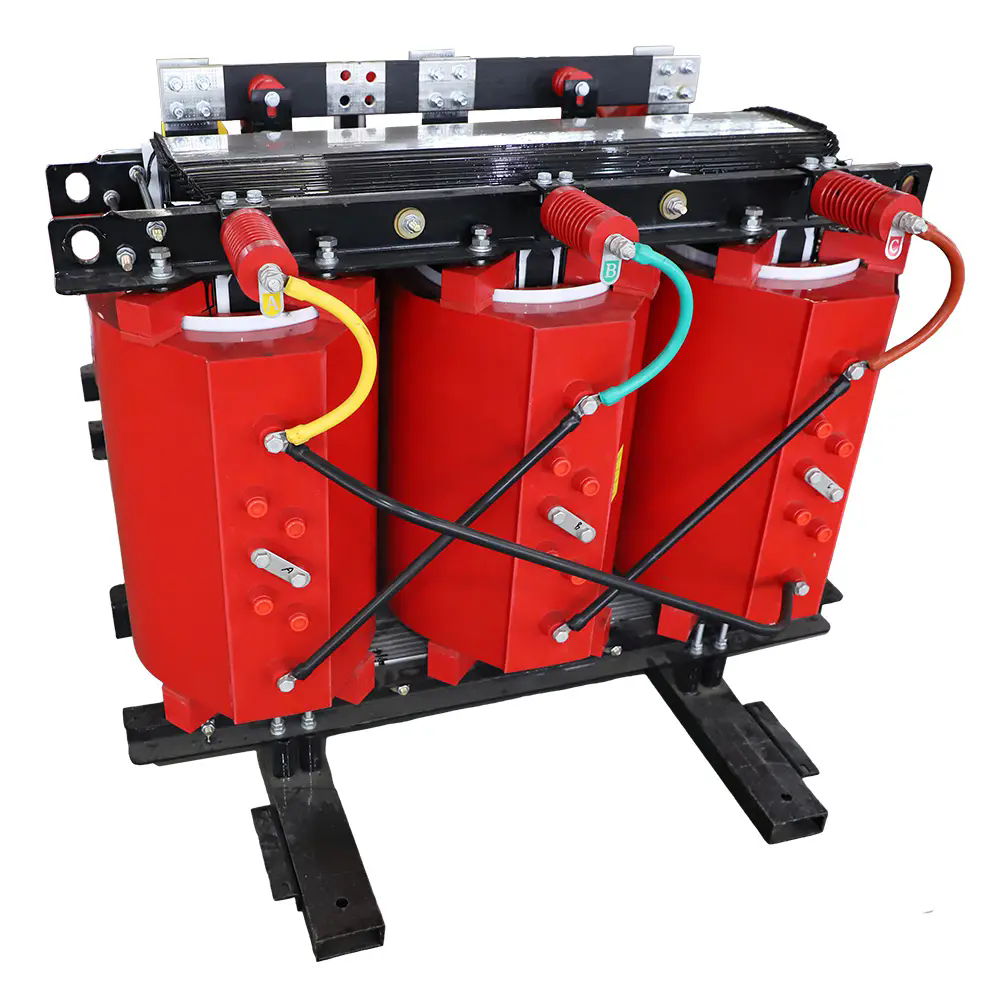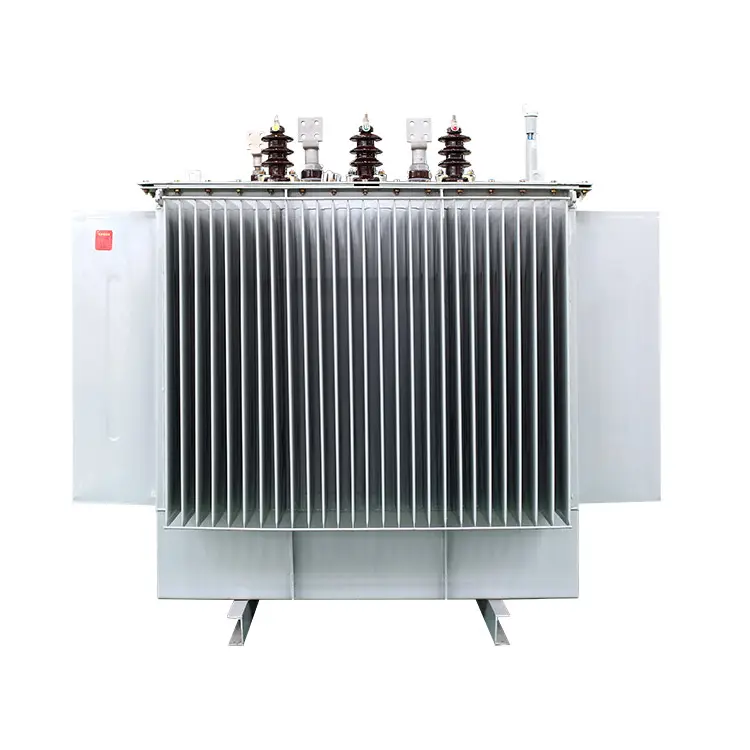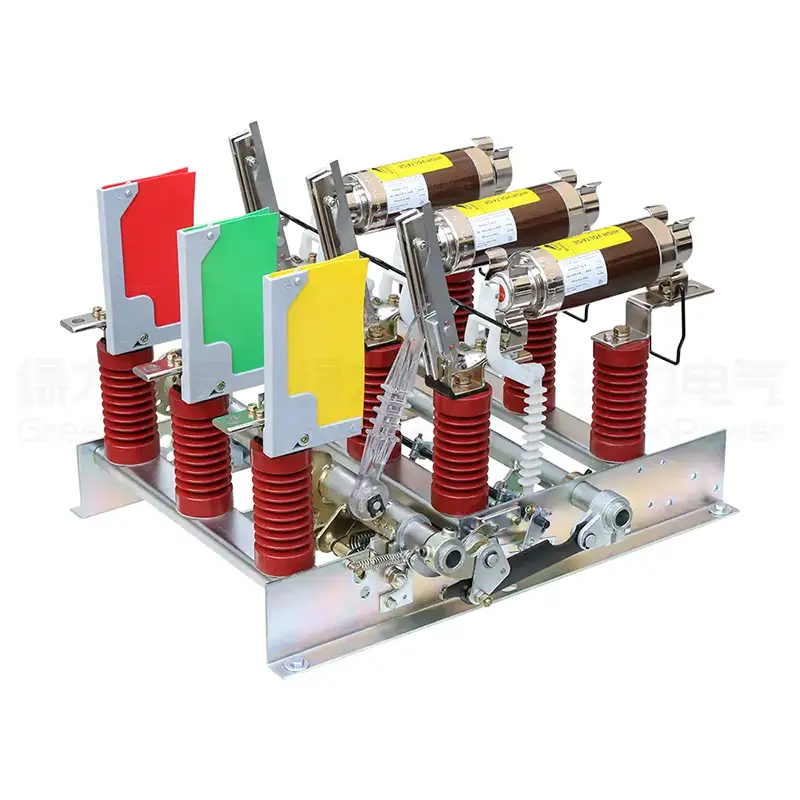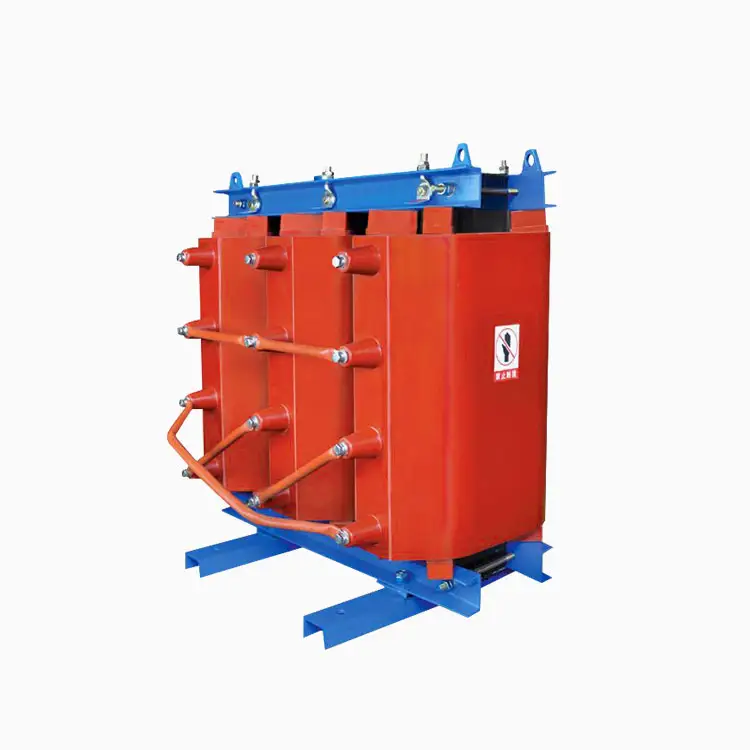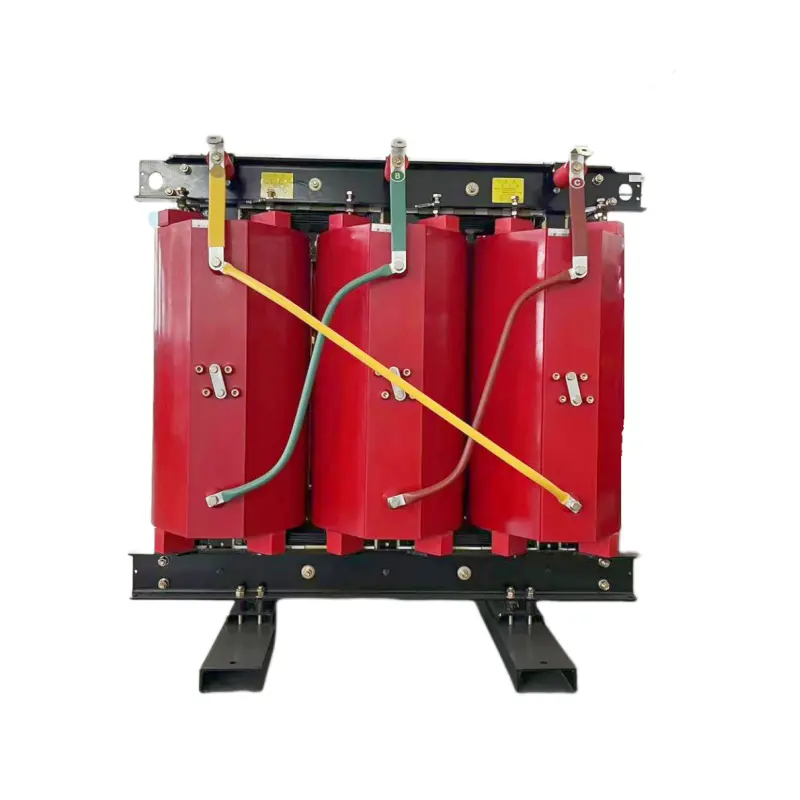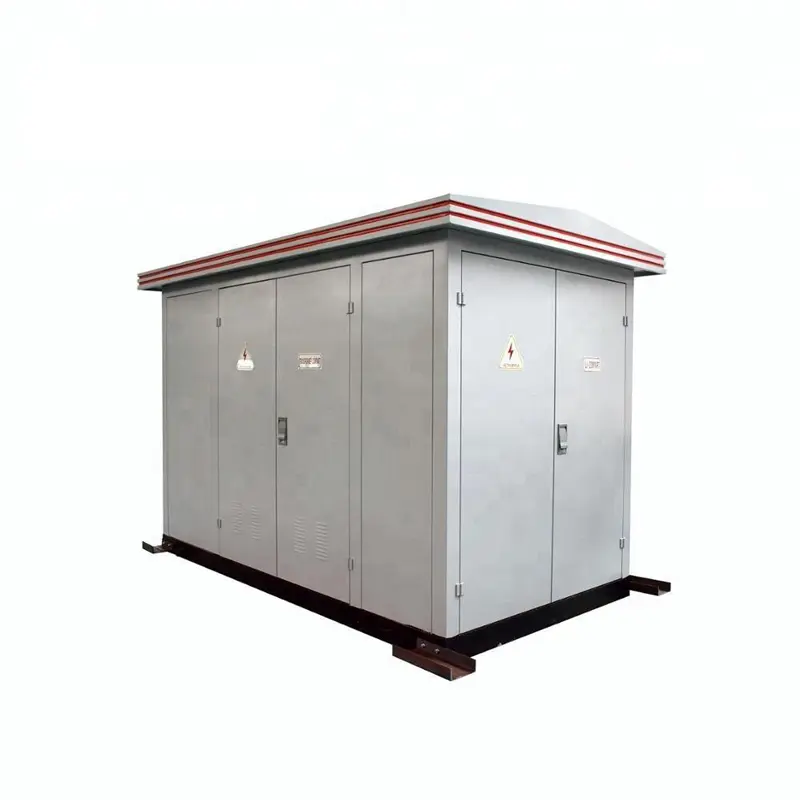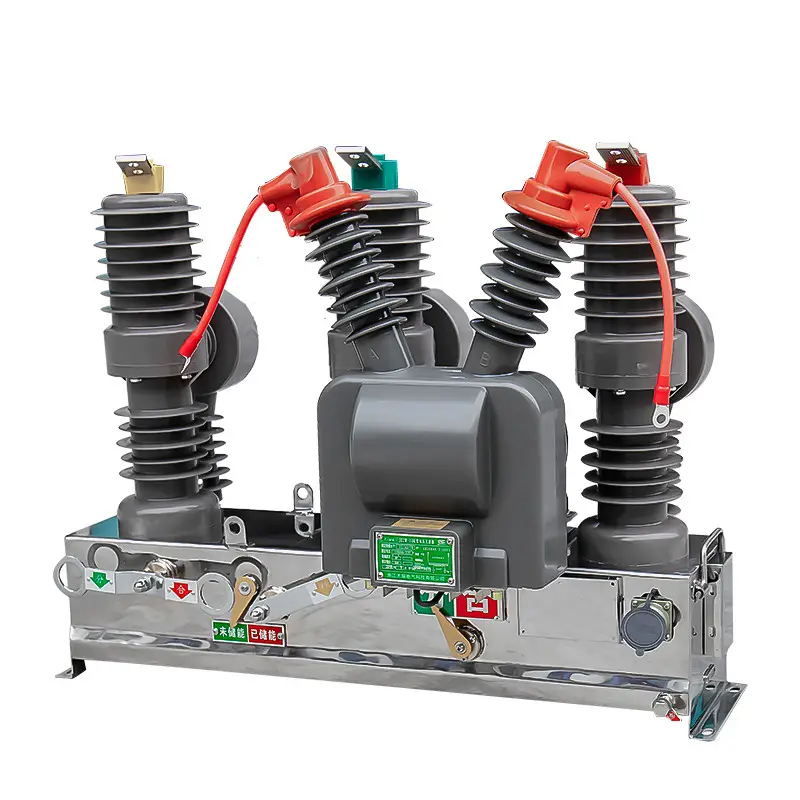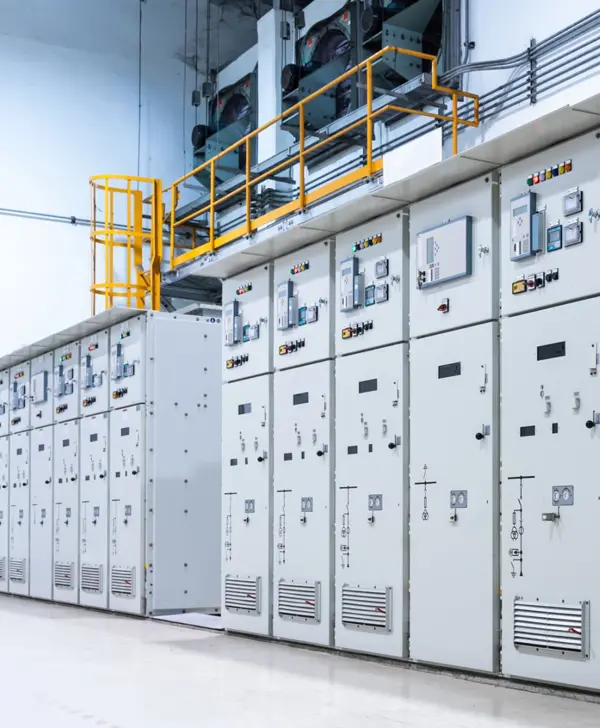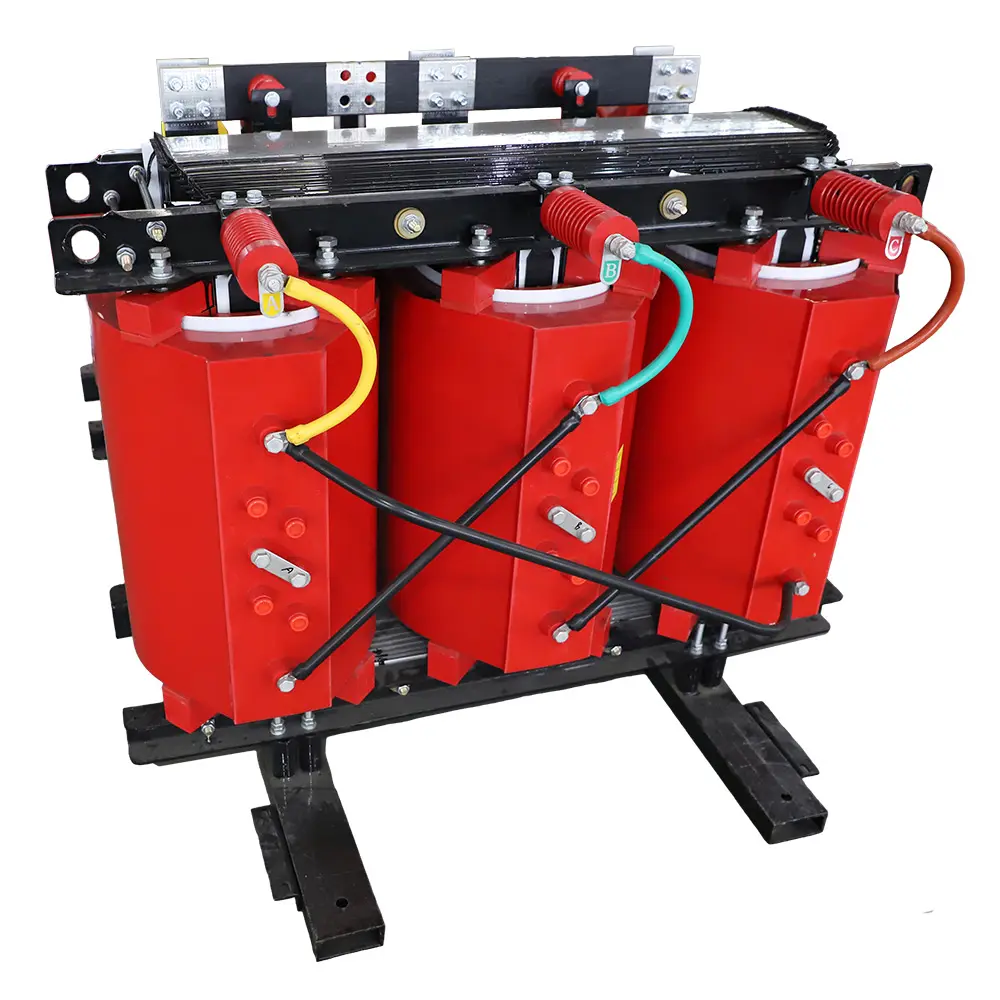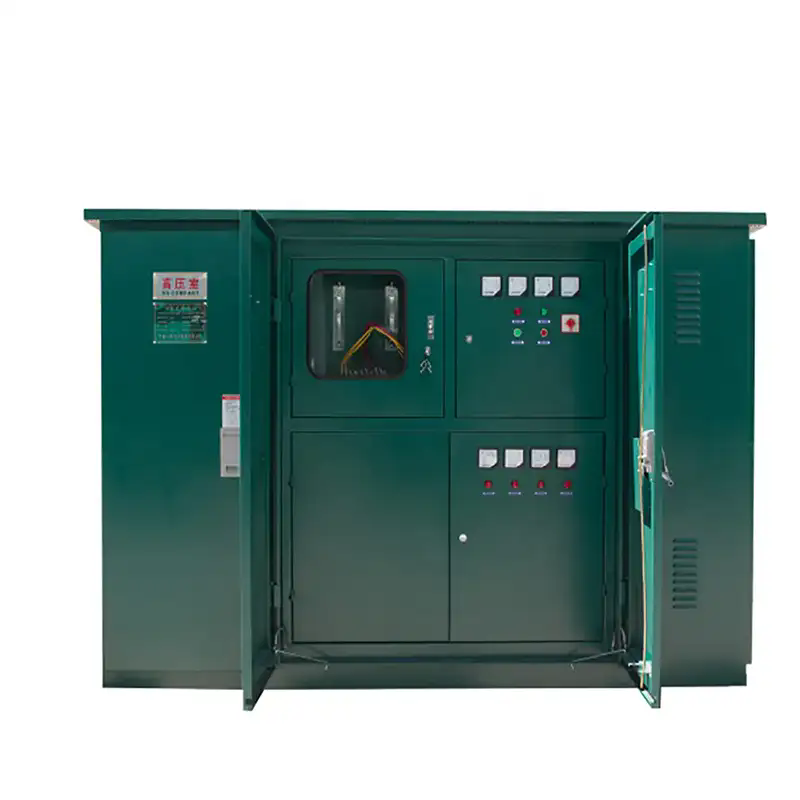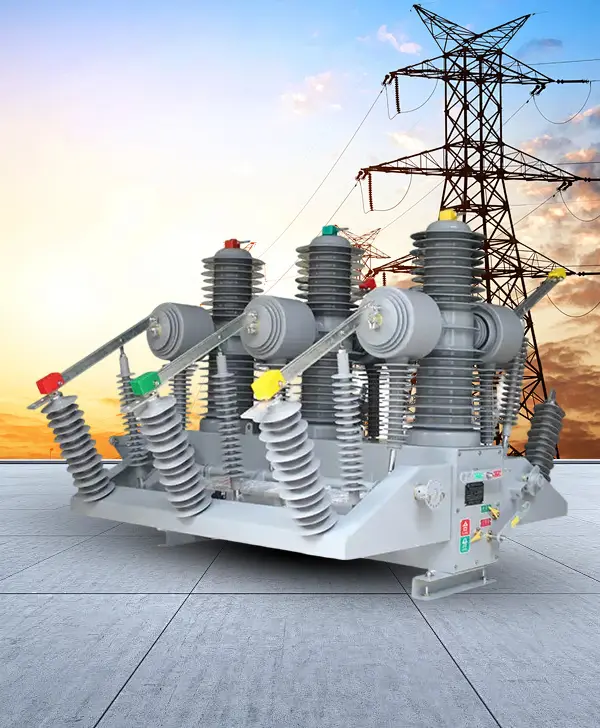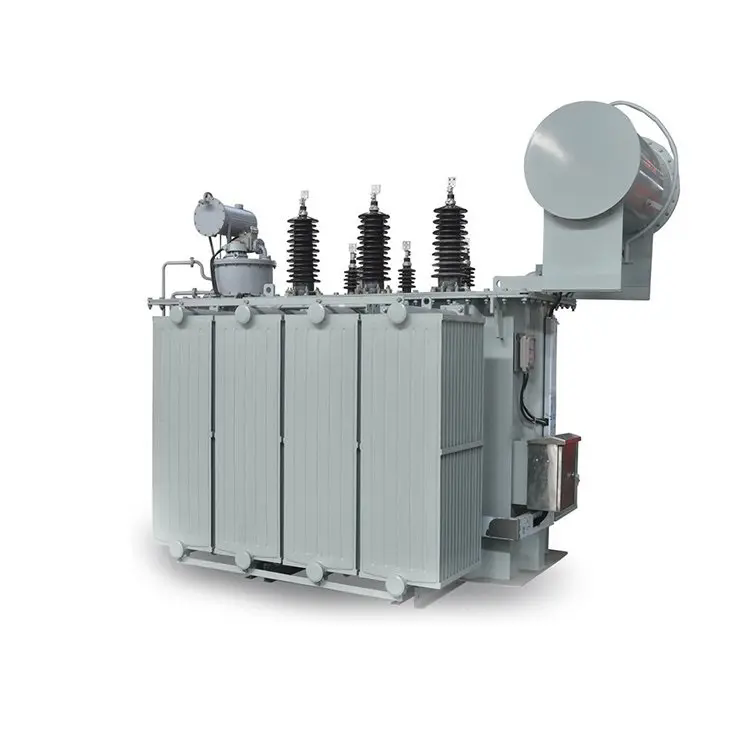What Is a Dry Type Transformer?
A dry type transformer is an electrical device that transfers electrical energy between circuits through electromagnetic induction, utilizing air or solid insulation instead of liquid-based cooling mediums like oil.
Key Specifications
Dry type transformers are characterized by various specifications that define their performance and suitability for different applications. Below is a detailed table outlining these specifications:
| Specification | Details |
|---|---|
| Voltage Class | Up to 72.5 kV |
| Power Rating | Ranges from 3 kVA to 15/20 MVA |
| Cooling Method | Air-cooled |
| Insulation System | 180°C to 220°C insulation class |
| Enclosure Type | Ventilated (Type 3R, NEMA 3R) or Totally Enclosed |
| Impedance | Typically between 3% and 6.5% |
| Temperature Rise | 115°C to 150°C |
| Core Construction | Laminated steel |
| Winding Material | Copper or aluminum |
| Mounting Type | Floor or wall-mounted |
| Certifications | UL Listed, CSA Certified, IEC, ANSI, NEMA |
| Applications | Indoor commercial and industrial settings, substations, data centers, hospitals, and high-rise buildings |
Applications of Dry Type Transformers
Dry type transformers are widely used in various sectors due to their safety and efficiency. Key applications include:
-
Commercial Buildings: Providing reliable power distribution without the risk of oil leaks.
-
Industrial Facilities: Supplying power to machinery and equipment in factories and plants.
-
Healthcare Institutions: Ensuring uninterrupted power supply to critical medical equipment.
-
Data Centers: Supporting the high power demands of servers and networking equipment.
-
Educational Institutions: Powering campus facilities and dormitories.
Their ability to operate in confined spaces and under varying environmental conditions makes them ideal for these applications.
Dry Type Transformer FAQs
1. What Is the Difference Between Dry Type and Oil-Filled Transformers?
Q: What distinguishes dry type transformers from oil-filled ones?
A: Dry type transformers use air or solid insulation for cooling, eliminating the need for flammable liquids. In contrast, oil-filled transformers use mineral oil for cooling and insulation, which can pose fire risks if leaks occur.
2. How Do You Test a Dry-Type Transformer?
Q: What are the standard testing procedures for dry-type transformers?
A: Testing includes measuring winding resistance, voltage ratio, phase displacement, load loss, and insulation resistance. These tests ensure the transformer's performance and safety standards are met.
3. What Are the Common Faults in Dry-Type Transformers?
Q: What are typical issues encountered with dry-type transformers?
A: Common problems include reduced insulation resistance due to moisture, winding connection issues, temperature controller malfunctions, and mechanical damage from external vibrations. Regular maintenance and monitoring can mitigate these issues.
Dry type transformers are essential for safe and efficient electrical power distribution in various applications. Their design eliminates the risks associated with oil-filled transformers, making them suitable for indoor and environmentally sensitive installations. Understanding their specifications, applications, and common issues ensures optimal performance and longevity.
For more information on dry type transformers and to explore our range of products, please visit our website or contact us directly.
- How can an Electrical Substation become the most reliable asset in my grid?
- How Did I Cut Risk And Cost With An Oil Immersed Transformer Upgrade?
- Which Transformer Derivatives Solve Harmonics At EV Fast Charging Sites?
- How Does a Circuit Breaker Protect Your Power System?
- Are You Using the Right Circuit Breaker for Your Application?
- Why Is the Compact Substation Revolutionizing Modern Power Distribution?

